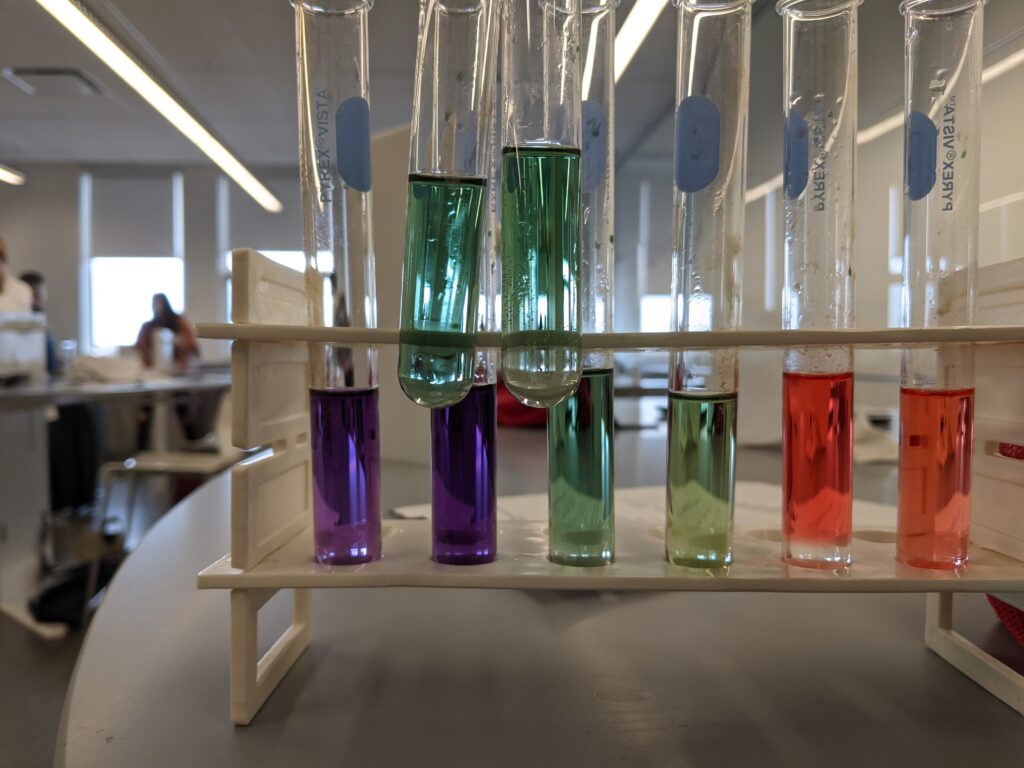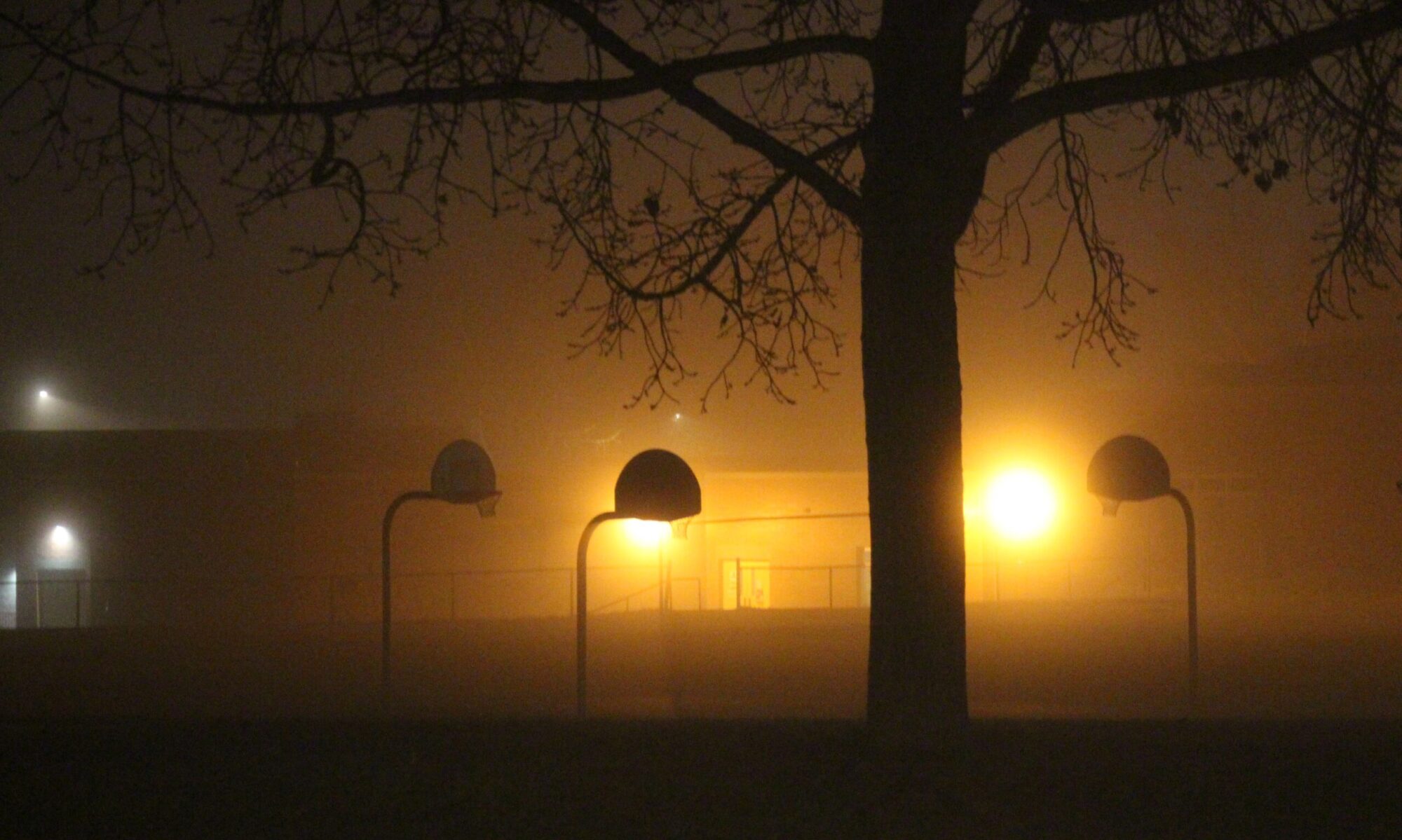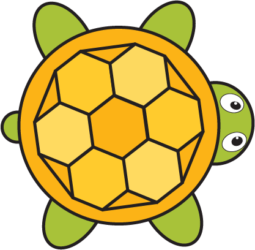
I was impressed from the very moment I read about Knowledge Building in the Cambridge Handbook of the Learning Sciences (Sawyer, 2006, pp. 97 – 115). As a science teacher, I see the enormous potential of this learning philosophy, and cannot wait to apply it to my existing teaching repertoire. In order to implement the principles of Knowledge Building, I must understand it fully and understand how to apply it. To this end, I am writing this thought paper with two articles on Knowledge Building as a backdrop. The first is “Learning to Work Creatively With Knowledge” by Carl Bereiter and Marlene Scardamalia (2003) and the second is “Student-Directed Assessment of Knowledge Building Using Electronic Portfolios” by Jan van Aalst and Carol K. K. Chan (2007). The first article serves as the theory portion of my understanding of Knowledge Building. The second article provides an example of Knowledge Building in practice and presents a possible way of implementing the innovative learning environment as well as assessing students in the collaborative Knowledge Building setting.
I see teaching science as having two different sides. The first side is teaching the basics, the processes, the structures of a lab report, the ways of solving a physics problem, the organization. Let’s call this the “alphabet” of the scientist. Without this, the students could not achieve any kind of success in the sciences. It is a way of communication in the scientific world, the building blocks of science. In the same way that a child cannot read a beautiful story without knowing the alphabet first, the scientist cannot see or understand the complex design of car without first understanding the mechanisms of the simple machines or the fuel combustion effects, or even the knowledge of the basic elements or simple kinematics. I would say that traditional teaching focuses on these basic skills. Teaching only these kinds of skills is equivalent to presenting knowledge in what Bereiter and Scardamalia (2003) call belief mode.
On the other hand, one cannot teach science without teaching creativity, innovation, doubting and confronting-authority. Without this, there would be no progress in science; people would see scientific knowledge as static and would not try to improve upon the ideas of others. Science, however, is based on innovation and on the progressive improvement of ideas. Isaac Newton famously remarked in a letter to his rival Robert Hooke dated February 5, 1676 that:
What Descartes did was a good step. You have added much several ways, and especially in taking the colours of thin plates into philosophical consideration. If I have seen a little further it is by standing on the shoulders of Giants.
(trans. Maury, 1992)
This quote is the essence of science – the improvement of ideas of others to progress towards a better solution, better theory, better car design, better teaching. There is never an end in sight, no final solution. I find that Knowledge Building is the perfect mirror in teaching of this idea. Carl Bereiter and Marlene Scardamalia (2003) refer to this type of mode of dealing with knowledge as design mode.
I know how to teach the “alphabet” type of science – I can teach it blind folded. I know where students encounter difficulty, where students need more scaffolding, what type of scaffolding is best in what situation, and when students need to work out the problems on their own. I might not know why students prefer this method over another, but by trial and error and some self-reflection, I come to a pretty good scheme of what works for my physics instruction.
However, I can honestly say that I am completely incompetent at teaching the innovation in science, or in other words the desing mode. I have no idea how to even attempt teaching students good scientific creativity or how to teach them to build on each others’ ideas. Of course I let my students use some of their innovation in projects, group activities, lab design, and some basic explorations and discussions. But, even in these instances, I feel as if I cannot properly assess their learning.
I was happy to read in Learning to Work Creatively with Knowledge (Bereiter and Scardamalia, 2003), that I don’t stand alone. There seem to be no fool proof methods of teaching students how to be innovators, collaborators, knowledge builders. Bereiter and Scardamalia propose that the best alternative is immersion: “If you do not have an effective way of teaching a foreign language, then place the students in an environment where that is the dominant language and trust that their natural adaptive abilities will lead them to master the language”(2003, pp. 2 – 3). Therefore the authors’ discussion in the article is no longer about “how to teach students design mode?” but instead “what is the best environment for students to learn design mode?”
In my nine years as a teacher and the previous 18 years as a student, I had the opportunity to experience the three out of the four environments discussed in this article. The only type of environment I never experienced officially was Knowledge Building. The authors are the creators of Knowledge Building, and therefore have a bias towards their own idea, but I agree with the observations, comments, and criticisms of the other three approaches, in terms of what I experienced first hand.
I have not encountered Knowledge Learning environments first hand in my schooling or as a teacher, however, I can see the similarity of this learning environment to scientific research. The focus of idea improvement is at the core of scientific inquiry. As I already stated, without the exact intent of idea improvement in science, there would be no innovation, no improvement of scientific principles.
Another idea of Knowledge Building is the knowledge value to the community. Students’ contribution to improving their collective knowledge in the classroom is the primary purpose of the Knowledge Building classroom and all individuals are invited to contribute to the knowledge advancement in the classroom. This again has a parallel principle in the scientific community, whereby scientists are invited to publish their research and discoveries, later available to the whole scientific community. Thanks to this idea, researchers build on others’ knowledge and are not constantly rediscovering the same principles / ideas.
And just like in the scientific community, once in a while there is a conference, and the researcher needs to demonstrate their findings in a presentable fashion, Knowledge Building environments call for tangible goals and products such as reports or multimedia presentations. But these are not the central part of research or Knowledge Building. Also this is not the “end” of the research (as it is in the Project-Based Learning), just a way to share information. The idea improvement continues even after such presentations.
As a believer in the scientific method and scientific research, I feel a connection to the Knowledge Building idea. Here, I only discuss three principles (out of twelve) of Knowledge Building, and yet already I am persuaded by the authors and see the Knowledge Building environment as the best environment for students to learn in design mode. Becoming an innovative scientist, a creative thinker needs to be done in an appropriate environment, and Knowledge Building seems to be a good approximation of the real world environment of scientific innovation.
Discussing an idea is one thing, and believing that it is the best thing on earth is fine. However, implementing it into the classroom and actually seeing some results is another. Seeing how Knowledge Building works in practice is what I really needed to recognize how this environment could be useful in my grade 11 physics class.
As a practical application of Knowledge Building, Bereiter and Scardamalia propose Knowledge Forum® as the principle environment in which the collaborative work goes on. After going on the website to see this online software and samples of its output, it reminds me a lot of wikis. I agree and see how it could be a very powerful tool in the Knowledge Building scheme. The ability of different parties to edit entries, discuss at varying levels, link different views and comments, and thus improve the knowledge of the whole community, is at the core of Knowledge Building. This is how I see learning – not in a linear fashion of a textbook or a lecture series, but in a scattered set of ideas linked together, and improved upon time after time.
Knowledge Forum®, however, does not take into account the fact that teachers must assess students, evaluate their progress and tell their parents if they are on track. Even though evaluation is not the reason for students to learn and go to school, it is a major part of the teacher’s job description. It is a way to keep the students accountable for their work and learning as well as to keep the teachers accountable to the parents. And most importantly it is a way to measure where the student is on the continuum from novice to expert.
Should we have the students work in Knowledge Forum® and then assess them in an incompatible fashion? If so, I think only select few intrinsically motivated students would actually take this on, and the Knowledge Forum® would then remain largely untouched – defeating the purpose of the Knowledge Building implementation.
Should we therefore count the students’ responses / input and give the students a mark based on participation? This also does not make much sense, as students might not engage in deep learning, instead making sure they are adding to the forum without thought, or reading other students’ input. I have come across this difficulty in assessing group work projects. I still have not come back with a good strategy. It is common that only one student of the group puts in the effort. But evaluating students on participation is not the solution.
So how do we assess collaborative work on an individual level if there is supposed to be collaborative effort in Knowledge Building across the whole class? How do we see improvement in the knowledge of the one student, when the purpose of the Knowledge Building is to improve the knowledge of the whole class? An ingenious solution is presented in the second article: “Student-Directed Assessment of Knowledge Building Using Electronic Portfolios” (van Aalst and Chan, 2007). This article not only presents a reasonable way of assessing student progress in a Knowledge Building environment, it also demonstrates how Knowledge Building can be implemented into the classroom.
There are several things about the proposed electronic portfolios that ring true with my understanding of assessment. First of all, the electronic portfolios foster self-reflection. Reflection is essential for deep learning to take place. The portfolios force students to revisit their notes and responses to others on Knowledge Forum® and see how they affected the community knowledge building process as well as their own. This iterative process not only reinforces student understanding, but also compels students to return to their original ideas after an incubation period, and thus could impact another improvement on these original ideas. Therefore the electronic portfolios are truly an assessment, working towards a development of knowledge improvement and do not have a finality about them as do tests and other traditional evaluation processes.
Secondly, the assessment itself is clear and guides the Knowledge Building process. As the researchers pointed out, in one of the studies the students had access to the guidelines of the assessment only at the end, and in another study, the guidelines were present from the start. When the electronic portfolio guidelines were present from the start, the responses in the Knowledge Building environment were deeper and more appropriate. When asked how the portfolios may scaffold students engagement in deeper collaborative inquiry, a student replied that “these four principles not only help me choose the notes but also in creating new notes. In order to make good notes, we can follow the principles when we are raising questions, giving explanations, or drawing conclusions…” (van Aalst & Chan, 2007, pp. 200).
A bonus is that the electronic portfolios were significantly correlated with normative knowledge acquisition evaluations. This means that they are a good measure of the acquisition of knowledge, yet they have the added benefit that they correspond to the way knowledge is acquired. Pellegrino emphasizes that there needs to be a relationship between theories of learning and knowing and the process of assessment (2002). Therefore if we are teaching in a Knowledge Building environment, we must align our assessments with this type of environment. But the correlation of the new electronic portfolios method with normative methods, such as standardized tests, gives us the confidence that this new method actually measures what it is supposed to measure – i.e. the amount and depth of acquired knowledge.
Finally, it is important to point out that there was a greater concept knowledge acquisition by the students in the Knowledge Building classrooms as compared to the control classrooms. Procedural knowledge was not tested, but I assume this would not be greater, as procedures fall more into the belief mode of knowledge. As I said initially, I know how to teach procedures, it’s the concepts and the innovation that I need help with. This after all is the whole idea behind Knowledge Building, and according to the research of van Aalst and Chan, Knowledge Building complemented by electronic portfolios were exemplary at building concept knowledge.
The two articles on Knowledge Building complemented each other. The first gave me the theory base, and the other gave me practical implementation ideas and a way to assess students. Now I feel I can try to implement the theory into practice in my physics classroom, and by immersion my students will become not only proficient at solving physics problems but also become scientific innovators.
REFERENCES
Bereiter, C., & Scardamalia, M. (2003). Learning to work creatively with knowledge. In
E. De Corte, L. Verschaffel, N. Entwistle, & J. van Merriënboer (Eds.), Unravelling basic components and dimensions of powerful learning environments (pp. 55-68).EARLI Advances in Learning and Instruction Series. Available: http://ikit.org/fulltext/inresslearning.pdf [Accessed 2009-09-14].
Maury, Jean-Pierre (1992) Letter from Isaac Newton to Robert Hooke, 5 February 1676. Newton: Understanding the Cosmos. New Horizons
Pellegrino, J. (2002). Understanding how students learn and inferring what they know:
Implications for the design of curriculum, instruction and assessment. (1-18).
Washington, DC. Available: http://www.agiweb.org/education/nsf02/Pellegrinopaper.pdf [Accessed 2004-12-17].
Scardamalia, M, & Bereiter, C. (2006). Knowledge building: Theory, pedagogy, and
technology. In. K. Sawyer (Ed.), The Cambridge Handbook of the Learning
Sciences (pp. 97-115). Cambridge, UK: Cambridge University Press.
van Aalst, J., & Chan, C. K. K. (2007). Student-Directed Assessment of Knowledge
Building Using Electronic Portfolios. Journal of the Learning Sciences, 16(2 %R
doi:10.1080/10508400701193697), 175-220.

